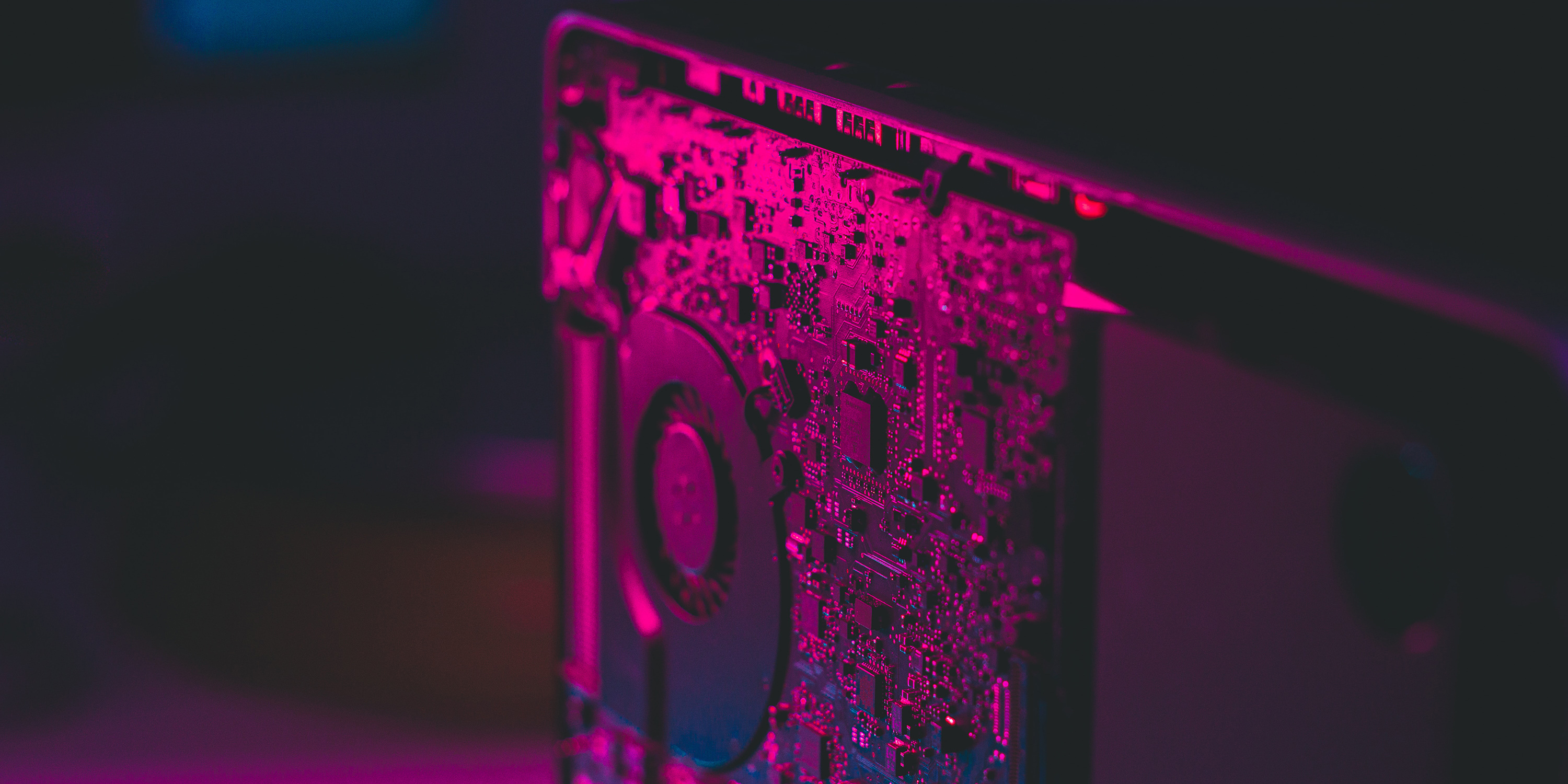

Find out how to keep time and costs of your Digital Project under control.
Contents
1. The importance of preliminary analysis
2. Project Planning and Management
5. Communication and collaboration
6. Testing, launch and maintenance phase
In today's digital world, companies of all sizes are looking to leverage technology to improve their operations, increase efficiency and provide better service to their customers. However, managing a Digital Project can be a challenge, especially when it comes to keeping costs and time under control.
But what exactly do we mean by 'Digital Product'?
A Digital Product is a good or service that exists in a fully digital format, delivered through technology platforms and offers value to its users. This includes a wide range of solutions, including Mobile Applications (Apps), Web Applications (WebApps), Cloud-based services and Internet of Things (IoT) devices.
1. The importance of preliminary analysis
Before starting any Digital Project, it is essential to conduct a thorough preliminary analysis. The purpose is to help the entrepreneur clearly define the project's objectives, understand the end customer's needs and identify any obstacles that may arise during development. This preliminary step is crucial to align expectations and ensure that the project is technically and financially feasible.
2. Project Planning and Management
Once the preliminary analysis has been completed, the next step is project design and planning. This phase, often called 'Define', includes the definition of a detailed Project Plan, with precise deadlines and a defined budget. Although it is very difficult to estimate and adhere to a software development schedule, good planning can help prevent delays and unforeseen costs by ensuring that the project stays within the set limits.
At this stage, it is crucial to proceed with functional and technical design. Functional design involves the creation of functional specifications, a narrative document detailing the functionality and features of the Digital Product to be implemented. This document serves to ensure that all parties involved in the project have a clear understanding of the objectives and expectations.
In parallel, the technical design takes place, during which the technology stack best suited to the project's needs is chosen. This choice is crucial to ensure that the final product is robust, scalable and able to meet users' needs.
These two steps, if done correctly, allow for precise planning and a more accurate budget idea. They also help minimise the risks of misunderstandings or changes of direction during the project, which could cause delays and increase costs.
3. Product Design
During the design phase, the design team works to create an intuitive and attractive user interface.
The end user must be taken into account so that the product created is actually usable and intuitive. If the product turns out to be unintuitive, with a high learning curve, users will probably not use it.
This phase is therefore crucial to ensure that the end product is not only functional, but also pleasant to use.
4. Product Development
The software development phase is where the development team focuses on building the digital product. This includes programming the software, integrating it with other systems and solving any technical problems that may arise.
Importantly, if development is preceded by proper and accurate design, the development phase will be efficient and produce optimal results. Accurate product planning and design are therefore indispensable steps to ensure the quality of the final product.
Product development is best done in spurts, with well-defined and clear tasks. This approach allows constant control over the progress of the project and timely intervention in the event of problems or delays.
In addition, many start-ups need to consider the importance of having an in-house technical team. It is useful to outsource the first version of the product, but it is essential to take into account having an in-house team that will carry on future developments and keep the know-how in-house. The preferred supplier will be the one who can then train the in-house team, thus guaranteeing the continuity and efficiency of the development process.
5. Communication and collaboration
Another crucial aspect of keeping a Digital Project under control is communication. It is essential to maintain open and regular communication with the supplier and within your team.
This helps prevent misunderstandings and quickly resolve any problems that may arise. In addition, collaboration between team members can help improve efficiency and the quality of work.

6. Testing, launch and maintenance phase
After the development of the Digital Product, the work is not finished. In fact, a critical phase begins: testing. This phase is crucial to ensure that the product is stable and functional when it goes into production. We recommend two testing phases: alpha testing, which takes place during the development phase, and beta testing, which takes place immediately after launch.
Alpha testing allows problems to be identified and corrected before the product is released to the public. Beta testing, on the other hand, involves a larger group of users and serves to identify any problems that may not have surfaced during alpha testing.
However, it is important to emphasise that the testing phase, no matter how thorough, cannot 100% guarantee the absence of bugs and malfunctions. This is because the performance of a Digital Product may depend on a myriad of factors that go beyond what has been implemented, such as the hardware on which it runs, network conditions, interactions with other software, and so on.
For this reason, once the 30-day beta testing period has passed, we recommend proceeding with a maintenance contract. At this point, it is assumed that the product is sufficiently tested and stable, and any problems that may emerge are not necessarily related to what has been implemented. Ongoing maintenance, in general, is therefore essential to ensure that the product remains efficient and up-to-date over time. This requires an investment, so it is important to ensure that you have an adequate budget for this phase.
7. Adaptability
Infine, è importante ricordare che i Progetti Digitali sono spesso dinamici e possono cambiare nel corso del tempo. Può essere necessario apportare modifiche al progetto in base ai feedback dei clienti, alle tendenze del mercato o per risolvere imprevisti che richiedono modifiche al progetto. Essere in grado di adattarsi rapidamente a queste situazioni e tenerne in considerazione durante tutto il processo di realizzazione, può fare la differenza tra un progetto che va fuori controllo e uno che rimane nei limiti di tempo e di budget.
8. Conclusions
Keeping a Digital Project under control can be a challenge, but with careful pre-analysis, effective project management, open communication and the ability to foresee future changes, it is possible to prevent the project from exceeding the planned time and cost.
Remember, the success of a Digital Project depends not only on the technology used, but also on how the project is managed. From preliminary analysis to launch and support, each phase of the project requires attention and expertise to ensure that the project remains under control.


